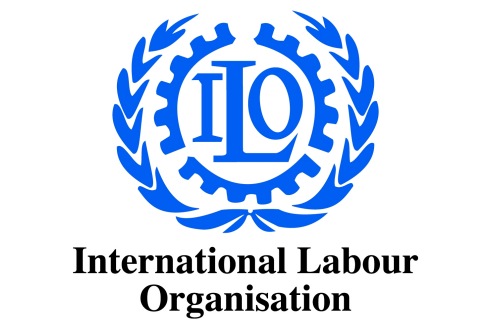UNITED NATIONS: The coronavirus pandemic has created a ‘lockdown generation’ by forcing more than one in six people under the age of 29 to stop working, the International Labour Organization (ILO), a Geneva-based UN agency, has warned.
The agency said the COVID-19 crisis has disproportionately affected young people and could impact upon their work opportunities and career options for decades to come.
“I don’t think it is giving way to hyperbole to talk about the danger of a lockdown generation,” ILO Director-General Guy Ryder told a virtual press conference in Geneva.
“As we recover from the pandemic, a lot of young people are simply going to be left behind. Big numbers,” he said, warning that “the danger is that this initial shock to young people will last a decade or longer.
“People will be permanently scarred by the immediate effects of the pandemic.” A survey of young people across the world by the ILO showed that 17.1 percent of them have stopped working since the pandemic struck. Even before the crisis, the global youth unemployment rate stood at 13.6 percent in 2019 – far higher than for any other group – while some 267 million young people were neither employed nor in education or training .
Overall, the ILO study said it expected the coronavirus crisis to obliterate 10.7 percent of working hours worked globally during the second quarter of 2020 compared to the final three months of 2019 — the equivalent of 305 million jobs. But while all age groups are suffering, the UN agency pointed to recent data from a range of countries indicating ‘a massive increase’ in youth unemployment since February, with young women particularly hard-hit.
Countries such as South Korea and Iceland had invested in effective virus-hunting techniques which had cost less than one per cent of their economic output, according to ILO, and developing countries where most people worked in the informal sector should be helped to do the same, the ILO chief insisted.
“Where there is rigorous and intense testing in place, labour market outcomes have been more positive,” Ryder explained. “To put it with numbers, in the countries where there has been testing and tracing…(working) hours reductions have been around the seven per cent mark, whereas in the least intensive testing and tracing country, that figure goes up to 14 per cent; all this around that global average of around 10.7.”
According to the ILO, workers in the Americas have suffered most from the economic fallout of the pandemic in terms of working hours lost since April, at 13.1 per cent, followed by Europe and Central Asia (12.9 percent). The ILO chief, who was speaking via videoconference, noted that this data coincides with World Health Organization (WHO) indications that Latin America is the current infection epicentre.
Asked whether this might spark social unrest given that young people made up such a high proportion of the population – and where one in two young adults worked in the informal sector – Ryder noted that Africa and South Asia had a younger demographic.
All of these young workers were just as vulnerable, he insisted, pointing to data indicating that many risked being “permanently scarred” by the difficulty in finding a decent job.
“We have to be very concerned about this coincidence of a strongly youthful population, high informal economies, limited capacities of testing and tracing,” he said. “I don’t want to call it a perfect storm but it’s a combination of circumstances which I think combine to lead us to this concern that labour markets outcomes could be particularly damaging and long-term. We are in a particularly delicate situation here.”
According to the latest ILO Monitor report, young women have been most affected by a rapid increase in unemployment since February. COVID-19 was hitting them “harder and faster than any other group”, Ryder said, noting that they were over-represented in the informal and care economies, both of which had been deeply impacted since lockdown measures took effect.
Even before the disease emerged in central China in December 2019, youth unemployment was worse than it was during the 2008-2009 global economic crisis, the ILO chief said. “If we do not take significant and immediate action to improve their situation, the legacy of the virus could be with us for decades,” he said, pointing to data indicating that half of young adults think there will be a considerable delay in completing their professional training.
At 13.6 per cent, the youth unemployment rate in 2019 was higher than for any other group. In total, ILO estimates that there were around 267 million young people not in employment, education or training worldwide last year.
“If their talent and energy is side-lined by a lack of opportunity or skills it will damage all our futures and make it much more difficult to re-build a better, post-COVID economy,” Ryder insisted. Pointing to fears of “a lost generation” who face permanent exclusion from labour markets, the ILO chief cautioned that as the world recovers from the pandemic, “a lot of young people are going to be left behind”.
He added: “We see from everything we observe around the world that there are situations of tension, sometimes of considerable tension around the world. And I think this only must concentrate our attention and minds on getting these difficult policy responses right, getting the health response right, getting the social economic response right and building back better.”
According to the ILO Monitor, nearly five per cent of working hours were lost during the first three months of the year, compared with the last three months of 2019. This is equivalent to approximately 135 million full-time jobs, based on a 48-hour working week, and represents a slight upward revision of around seven million equivalent job losses since the last edition of the ILO Monitor in April. The estimated number of working hours lost between April and June remains unchanged, equating to around 305 million jobs.
























